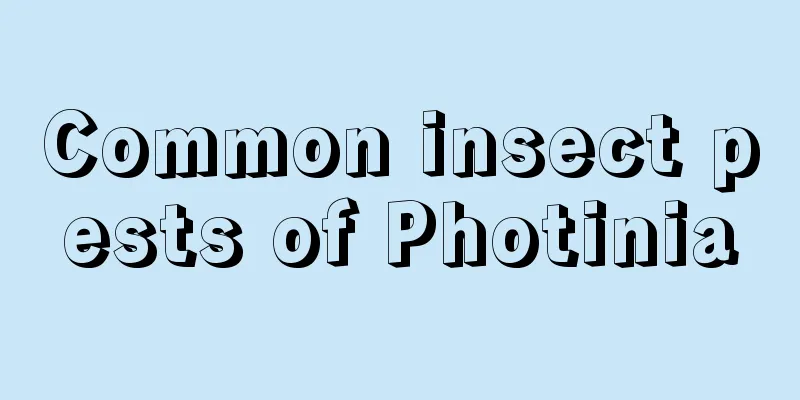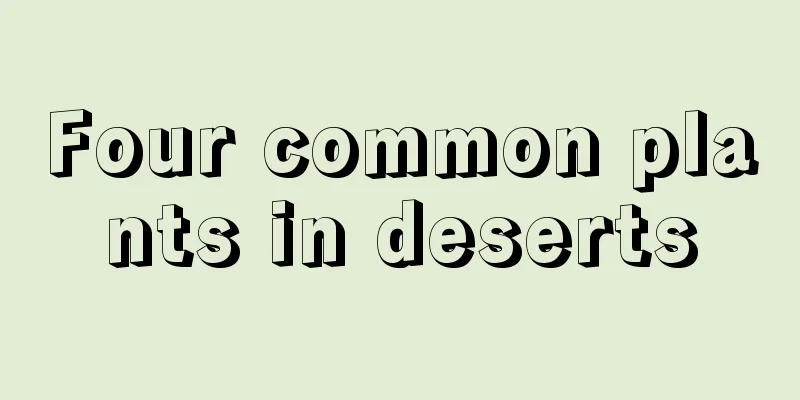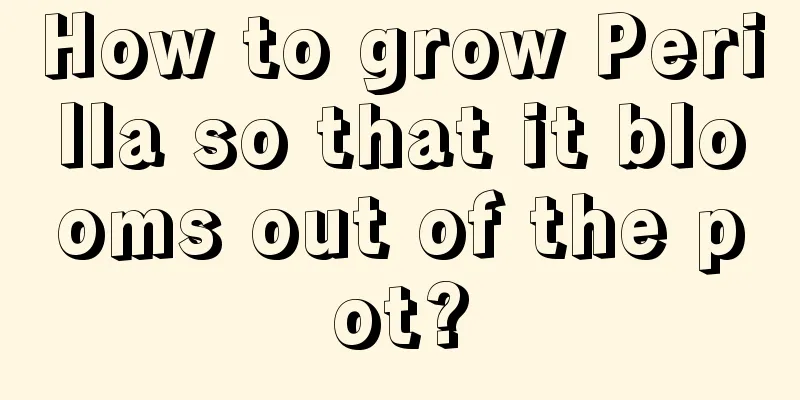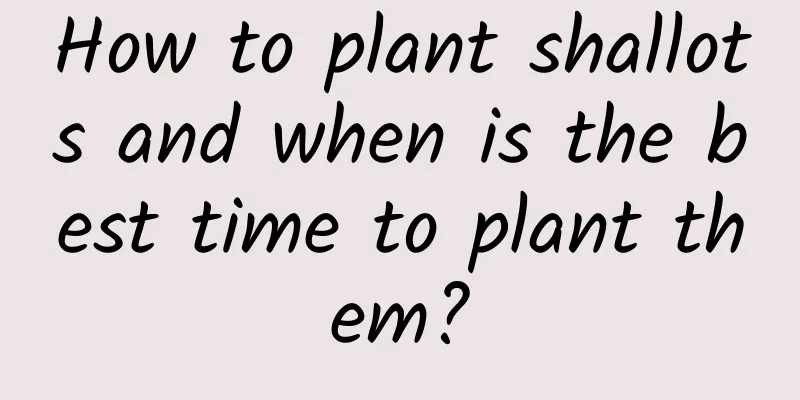Common insect pests of Photinia

Common insect pests of PhotiniaCommon diseases and pests of Photinia truncatum include rust, longhorn beetle pests, red spider mites, etc. Rust of PhotiniaThe pathogen of rust is fungus. It is caused by multicellular rust fungus, which produces spores that make the leaves turn yellow, or the spots on the front of the leaves start out orange-yellow, and the spot tissue gradually becomes fatter and thicker, and the back of the leaves bulge, affecting the appearance. As time goes by, the spots will expand, possibly becoming round and black, eventually causing the leaves to wither and fall off. Longicorn beetle pests on Photinia chinensisWhen a Chinese photinia tree is infested by longhorn beetles, the female longhorn beetles will bite through the bark and then lay eggs on the branches. The newly hatched larvae will eat under the bark, and as they grow they will gradually bore into the trunk and roots, gradually making the branches of the Chinese photinia tree hollow and causing it to die. Red spider mites infestation on PhotiniaRed spider disease is a reddish-brown oval-shaped disease. Red spiders will weave webs and lay eggs on the leaves of the plant. They use their mouthparts to pierce the branches and leaves to suck the juice of the branches and leaves, causing the chlorophyll in the leaves to be destroyed, causing the leaves to gradually turn yellow, and gray-yellow spots to appear on the leaves until the leaves dry up and fall off. Prevention and control of common insect pests of Photinia truncatumRust control of Photinia truncatulaThe rust disease of Chinese photinia can be treated by pruning: completely cut off the branches and buds with fungi on the Chinese photinia tree before the spring rain. In addition, you can also spray 350 times diluted pentachlorophenol sodium plus 1.01 kg before the spring rain to reduce diseases. Control of longhorn beetle pests on Photinia truncatulaYou can directly insert a moderate amount of wire into the worm holes to kill the larvae. Red spider pest control of PhotiniaYou can directly spray 1000 to 1500 times diluted DDT or Dimethoate. |
<<: Common Pests of Peach Blossom and Their Control
>>: Common Pests of Purple-Leaf Plum and Their Control
Recommend
Is Gesang flower poisonous?
1. Contains highly toxic substances Its sap is po...
Cultivation method of soft-branch yellow cicada
1. Maintenance methods 1. Temperature: The soft-b...
Cultivation methods and precautions of Chinese hydrangea (how to care for Chinese hydrangea)
Chinese hydrangea is very easy to grow and it is ...
How to quickly grow green algae without growing brown algae How to quickly grow green algae
Fish lovers who raise goldfish or have native fis...
The sowing and propagation method of Michelia sempervivum
Soil selection Michelia sempervivum is a shallow-...
How to store bell peppers
Main measures Fruit Basket Method 1. Take a bambo...
The difference between Guanyin bamboo and lucky bamboo
1. Height difference The height of the Guanyin ba...
Does yellow wood fragrance prefer shade or sun?
Does yellow wood fragrance prefer shade or sun? A...
What is the best fertilizer for lily bamboo?
Lily bamboo fertilization time Generally, fertili...
Why are flowers fragrant?
1. The reason for the fragrance of flowers Some f...
Rose growth environment conditions and characteristics
Rose growth environment conditions and requiremen...
Effects and functions of red holly
Ornamental effect The red-fruited holly is tall a...
What should I do if the peace tree does not grow new leaves?
1. Reasons for not growing new leaves Insufficien...
Characteristics of peach blossom
1. Appearance characteristics There are many vari...
Use them to water the flowers in autumn, the leaves are green and lush, the key is to save trouble
Some people may say, isn’t it just that the flowe...









